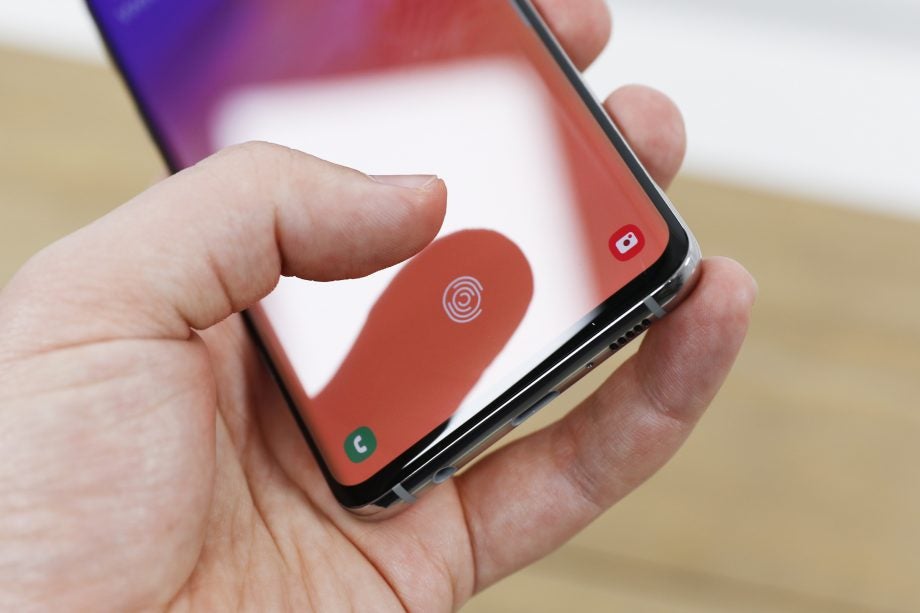Galaxy S10 fingerprint scanner will get better over time, Samsung says

The Samsung Galaxy S10 has only been out for a week, but users have already flagged up an apparent area for improvement − the handset’s fingerprint sensor.
The S10 and S10 Plus are both equipped with an ultrasonic in-display fingerprint scanner. It’s a feature Samsung is believed to have been working on for well over a year.
Read more: Best smartphone
However, while it’s much easier to actually access than the rear-mounted fingerprint scanner of old − which features on the Galaxy S9 and S8 − some consumers have raised concerns about its speed. Quite simply, the S10’s in-display fingerprint scanner is not quite as fast as a slightly older-school capacitive (or physical, if you prefer) fingerprint scanner.
While it’s far from a huge issue (we’ll explain why in more detail below), the complaints are clearly widespread enough for Samsung to issue a statement on the matter.
“There can be many occasions where users find the fingerprint scanner doesn’t work well, for example, when you are in a dry environment, or when your finger skin is really dry, or when you have a scratch on your fingerprint,” Samsung told the Korea Herald this week.
“The accuracy has been improved through the first update of software recently just in one week since the launch, and we will continue providing updates to make the scanner work better.”
That said, we’ve largely been impressed with the S10’s fingerprint scanner. Indeed, in our S10 Plus review, we wrote the following:
“Both Huawei and OnePlus (along with Xiaomi, Nokia and many others) use optical in-display fingerprint tech: this shines a bright light up through the screen to read your digit. Samsung has used an ultrasonic sensor, giving it a few key advantages.
“First, and most vitally, it’s far quicker in operation and notably more reliable, requiring less of a strong press and hold to recognise. It also doesn’t need to shine that light, so it’s less distracting if you’re unlocking your device at night. Finally, it works even when the screen is completely off – something sorely missing elsewhere.
“Overall, the solution is still some way off being as quick and reliable as an actual capacitive sensor – I still experienced plenty of misreads. However, it’s better than it could have been and allows for a cleaner look around the back of the device – and the feel of the inclusion of forward-looking tech.”
Read more: Best Android phones
In other words, the S10’s fingerprint scanner might not be perfect, but it’s actually better, in terms of speed, accuracy and user experience, than many of the other in-display fingerprint sensors out there right now.
Are you an S10 user? Money well spent? Let us know on Twitter @TrustedReviews.


